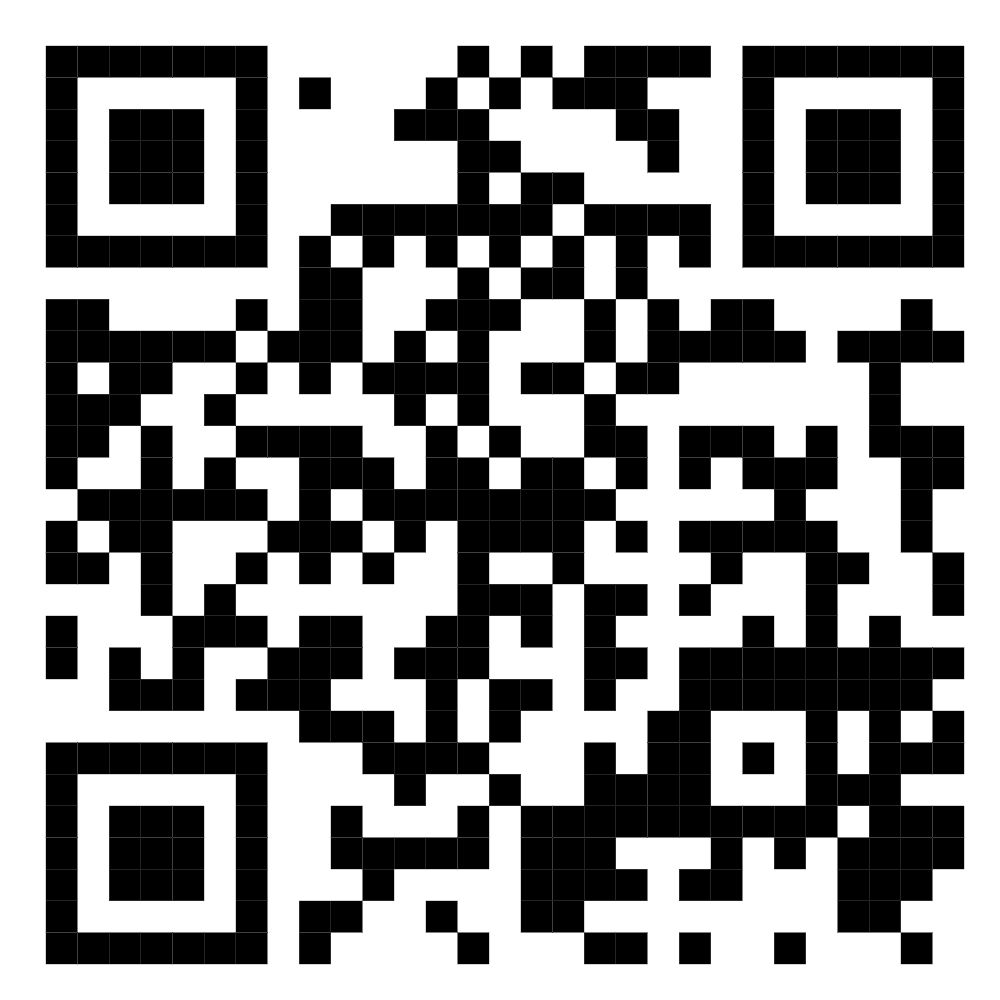A Complete Guide to Using QR Codes for Attendance Tracking
Tracking employee attendance is one of the most important tasks for any business. However, traditional methods like manual registers, biometric machines, or swipe cards are often time-consuming, costly, and prone to errors. In 2025, many organizations are shifting to QR code-based attendance systems—a faster, more reliable, and cost-effective solution.
In this guide, we’ll walk you through what QR code attendance is, how it works, its benefits, and why it’s becoming a must-have for modern workplaces.
What is QR Code Attendance Tracking?
QR code attendance is a modern system where each employee scans a unique QR code using their smartphone or a scanner to mark their attendance. The data is automatically stored in the HRMS or attendance system, eliminating manual errors and saving valuable time.
QR code attendance tracking uses a simple scan of a unique code to record employee check-ins and check-outs. Each employee is assigned a personal QR code, or a shared code is placed at entry points. When scanned, the system automatically records attendance in real-time, removing the need for manual data entry.
Why Use QR Codes for Attendance?
As businesses continue to embrace digital transformation, QR codes provide a reliable way to manage workforce attendance. With real-time insights, seamless integration into HRMS, and cost savings, QR code systems are set to replace traditional methods in the coming years.
- Contactless & Hygienic – Ideal for post-pandemic workplaces.
- Time-Saving – Employees can clock in within seconds.
- Accurate & Error-Free – No manual entries, no duplicate records.
- Real-Time Tracking – HR teams can view attendance instantly.
- Cost-Effective – No need for expensive biometric devices.
How QR Code Attendance Works
QR code attendance is simple, fast, and user-friendly. Instead of relying on biometric devices or manual registers, employees just scan a code to mark their presence. Here’s how the process works step by step:
i) Generate QR Codes – The company creates unique QR codes for employees or places a common QR code at entry points.
ii)Scan to Check-In/Out – Employees use their smartphones or scanners to scan the code when they arrive or leave.
iii)Automatic Record Keeping – Attendance data is instantly stored in the HRMS or attendance system without any manual effort.
iv)Real-Time Monitoring – HR teams and managers can track attendance in real-time through dashboards or reports.
v) Seamless Integration – The data can be linked with payroll and compliance systems for automated calculations.
This method ensures a contactless, accurate, and cost-effective way to track attendance—making it ideal for modern workplaces, schools, and even remote teams.
Benefits of Using QR Codes for Attendance
Using QR codes for attendance helps companies improve efficiency, reduce costs, and provide a seamless experience for employees. It’s especially useful for remote teams, field employees, and industries with flexible shifts.
- Contactless & Safe – Perfect for post-pandemic workplaces.
- Error-Free – Eliminates duplicate entries and manual mistakes.
- Time-Saving – Employees clock in within seconds.
- Cost-Effective – No need for expensive biometric machines.
- Flexible – Works for offices, remote teams, schools, events, and field employees.
- Real-Time Data – Managers can monitor attendance instantly.
QR Codes vs Traditional Attendance Systems
When it comes to tracking attendance, businesses have used different methods over the years. Let’s see how QR code attendance compares with traditional systems:
1. Manual Registers
Process: Employees sign in on paper.
Challenges: Time-consuming, prone to errors, and easy to manipulate.
2. Biometric Devices (Fingerprint/Face Scan)
Process: Employees use a biometric machine to record attendance.
Challenges: Expensive to install, requires regular maintenance, and not fully hygienic.
3. Swipe or RFID Cards
Process: Employees swipe a card or use an ID badge.
Challenges: Cards can be lost, stolen, or shared among employees.
4. QR Code Attendance
Process: Employees scan a QR code with their mobile device or scanner.
Benefits:
- Quick and cost-effective
- Easy to implement
- Real-time tracking and reporting
- Suitable for office, remote, and field staff
Best Use Cases for QR Code Attendance
- Corporate Offices – Simplifies daily check-ins.
- Remote Teams – Employees can scan codes from any location.
- Schools & Colleges – Track student attendance easily.
- Events & Training Programs – Quick attendee validation.
- Field Staff – Employees working on-site can mark attendance remotely.
QR code attendance tracking is more than just a trend—it’s a smart solution for businesses of all sizes. It helps HR teams save time, ensures accuracy, and gives employees a smoother experience. If your business is still using outdated methods, now is the right time to switch to a QR-based attendance system and stay ahead in 2025.



